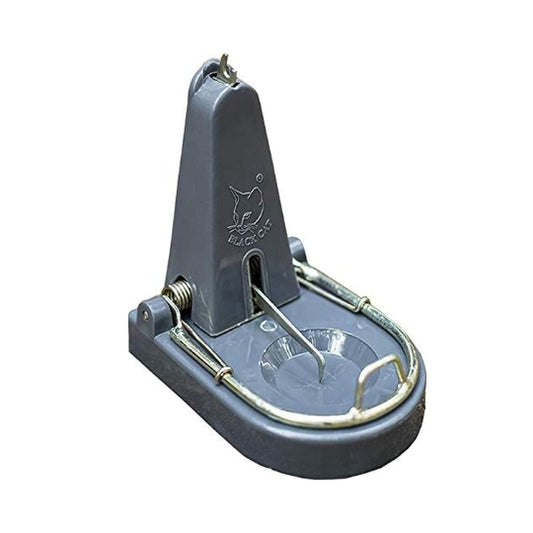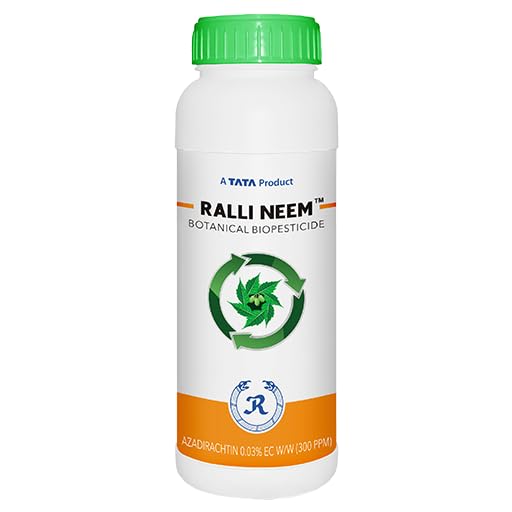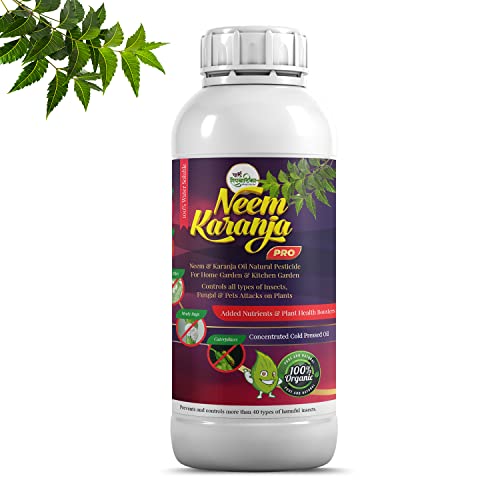
Lets grow silkworm!
Share
Sericulture, the cultivation of silkworms for the production of silk, is a long-standing tradition in India, with a rich history and cultural significance. It is a labor-intensive but rewarding process that involves raising silkworms, Bombyx mori, on mulberry leaves. The silkworms spin cocoons from which the silk fiber is extracted and processed into various textile products.
Raising Silkworms on Mulberry Leaves
-
Egg Incubation and Hatching: The journey begins with silkworm eggs, also known as silk seeds. These tiny, dark-colored eggs are placed in a controlled environment with optimal temperature and humidity to facilitate hatching. After about 10-12 days, the eggs hatch, releasing tiny, black larvae called hatchlings.
-
Early Instars: The hatchlings are carefully transferred to clean trays lined with chopped mulberry leaves. They undergo four molts, or shedding of their skin, as they grow and consume the mulberry leaves. During this stage, they are extremely sensitive to environmental changes, requiring a clean and hygienic environment.
-
Middle Instars: As the silkworms grow, they are transferred to larger trays to accommodate their increasing size. They continue to consume mulberry leaves voraciously, molting twice more during this stage.
-
Late Instars and Cocoon Spinning: In the final instar, the silkworms reach their peak size and prepare for cocoon formation. They start spinning cocoons around themselves, using a special silk filament secreted from their spinnerets. The cocoons are initially white but turn golden yellow as the silkworms mature.
-
Harvesting and Stifling Cocoons: After about 7-8 days of cocoon spinning, the mature cocoons are harvested. To prevent the silkworms from emerging and breaking the cocoons, the cocoons are stifled, either by boiling or exposing them to hot air.
-
Reeling and Processing: The stifled cocoons are then boiled to loosen the silk filaments. The filaments are carefully unwound and reeled into skeins of raw silk. These skeins are further processed into various forms of silk yarn and fabric.
Sericulture as an Industry in India
Sericulture plays a significant role in India's rural economy, providing employment to millions of people, particularly in the states of Karnataka, Andhra Pradesh, Tamil Nadu, and Jammu & Kashmir. The industry contributes to the country's export earnings and is a source of pride for Indian artisans and textile producers.
Opportunities for Indian Youth in Sericulture
Sericulture offers promising opportunities for aspiring Indian youth seeking a sustainable and rewarding career path. With proper training and dedication, individuals can establish sericulture ventures, either as silkworm rearers or silk processors. The industry also provides opportunities for entrepreneurship in silk product design, marketing, and retail.
Government Support for Sericulture
The Indian government recognizes the importance of sericulture and provides various support measures to promote the industry. These include subsidies for mulberry cultivation, silkworm rearing, and silk processing equipment. The government also offers training programs and financial assistance to sericulture entrepreneurs.
Conclusion
Sericulture is a fascinating and rewarding industry that offers immense potential for Indian youth. With dedication, hard work, and a passion for silk, individuals can contribute to the preservation of this traditional craft while creating sustainable livelihoods and contributing to India's rich textile heritage.















